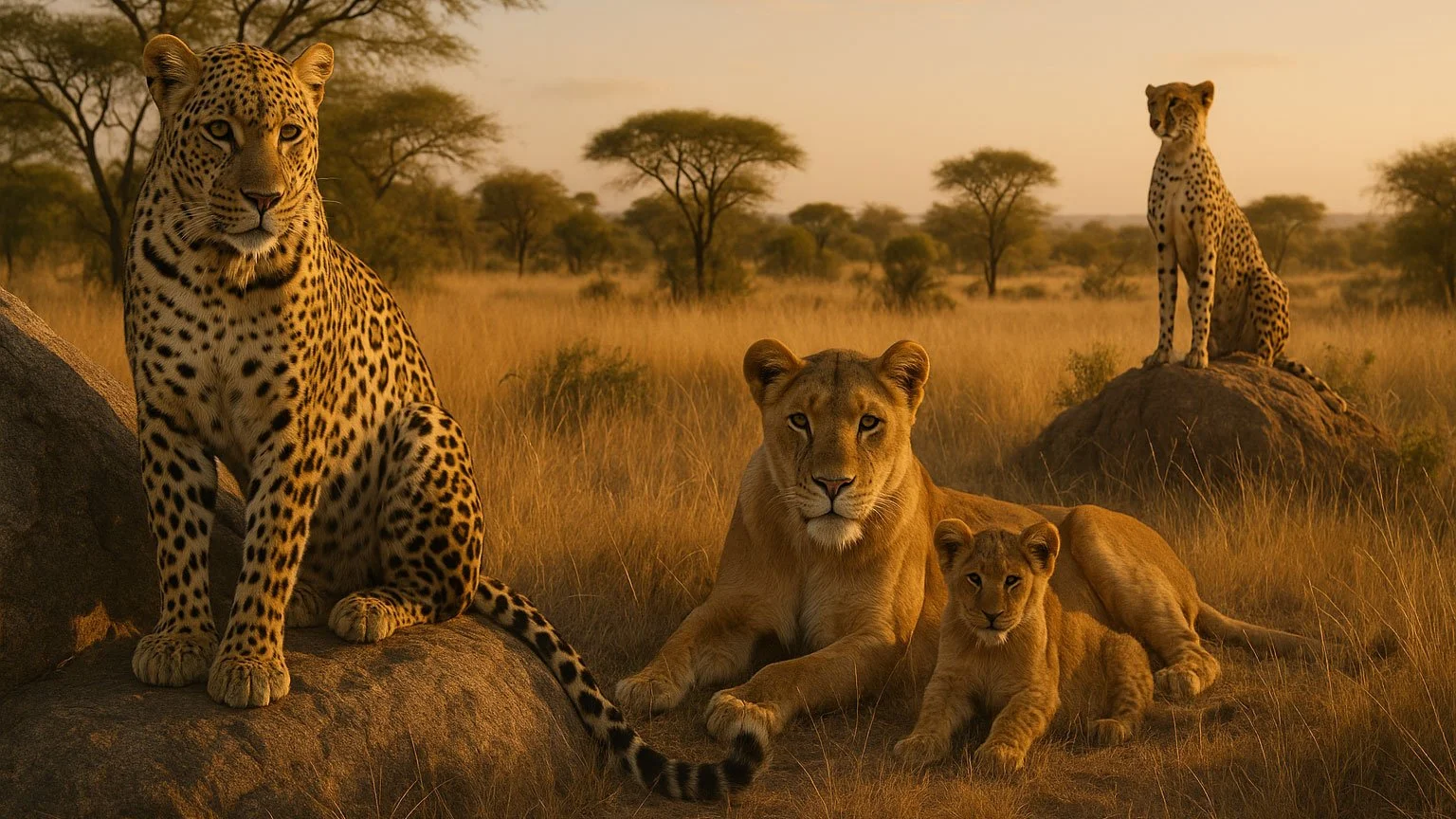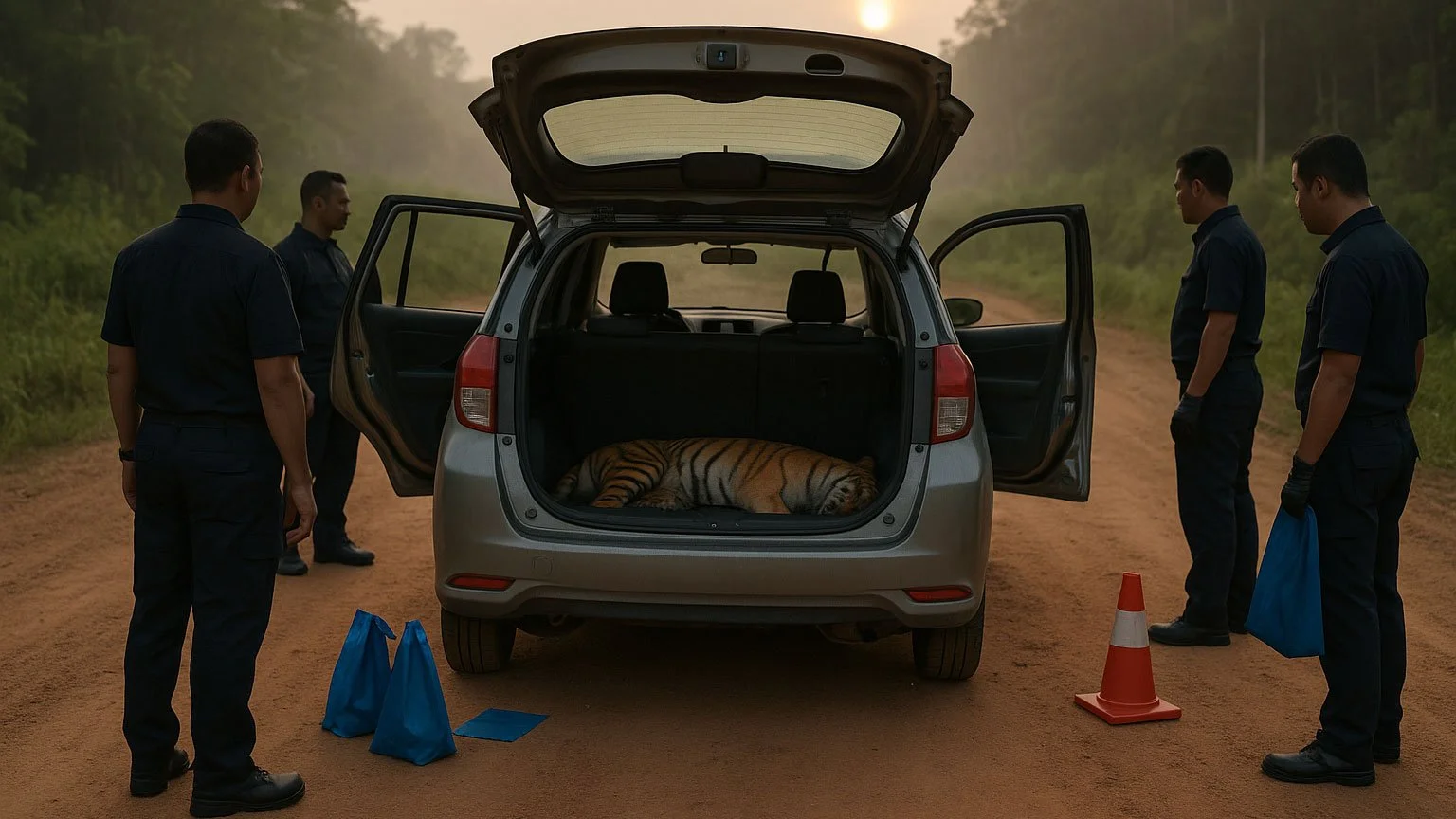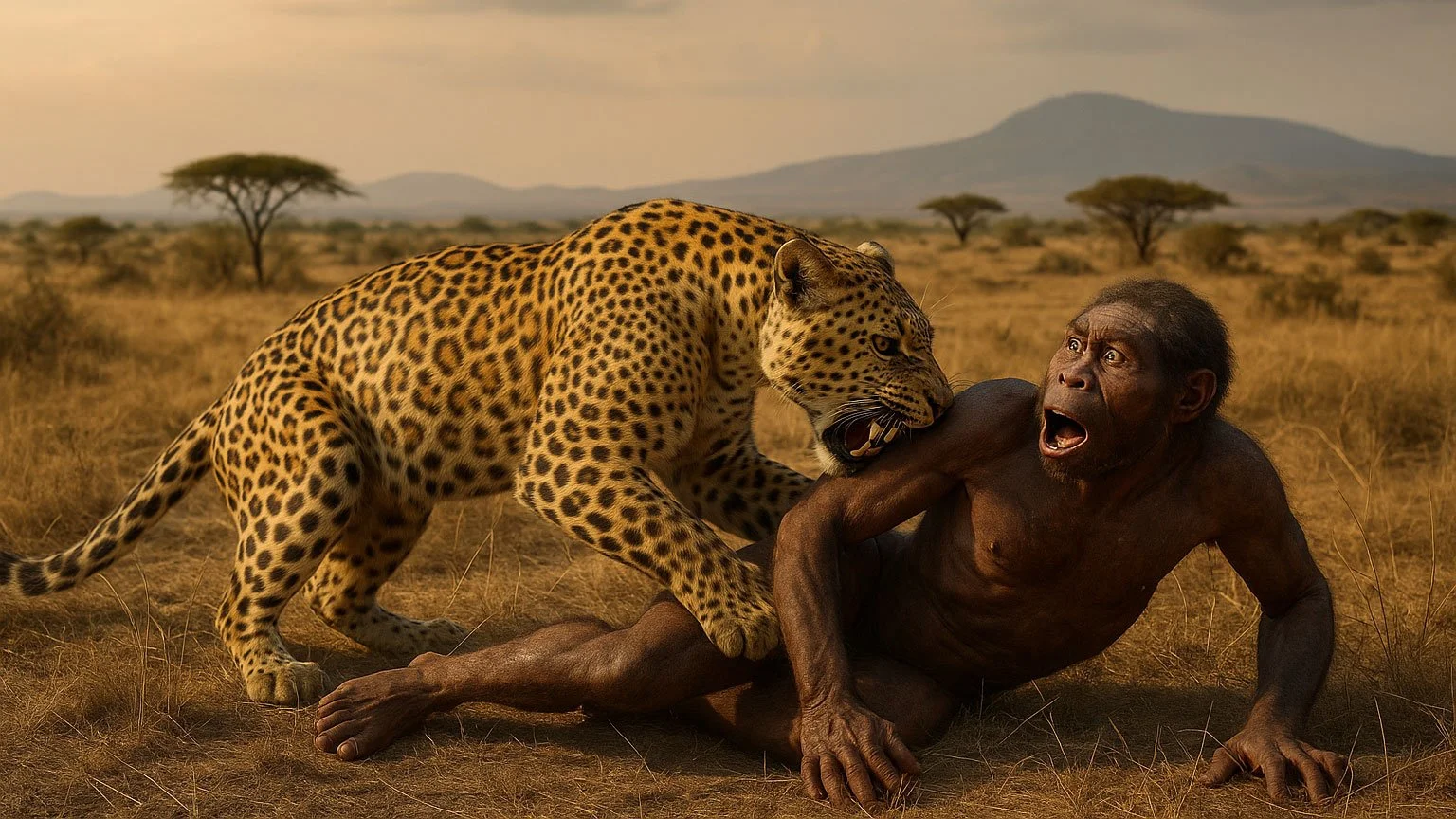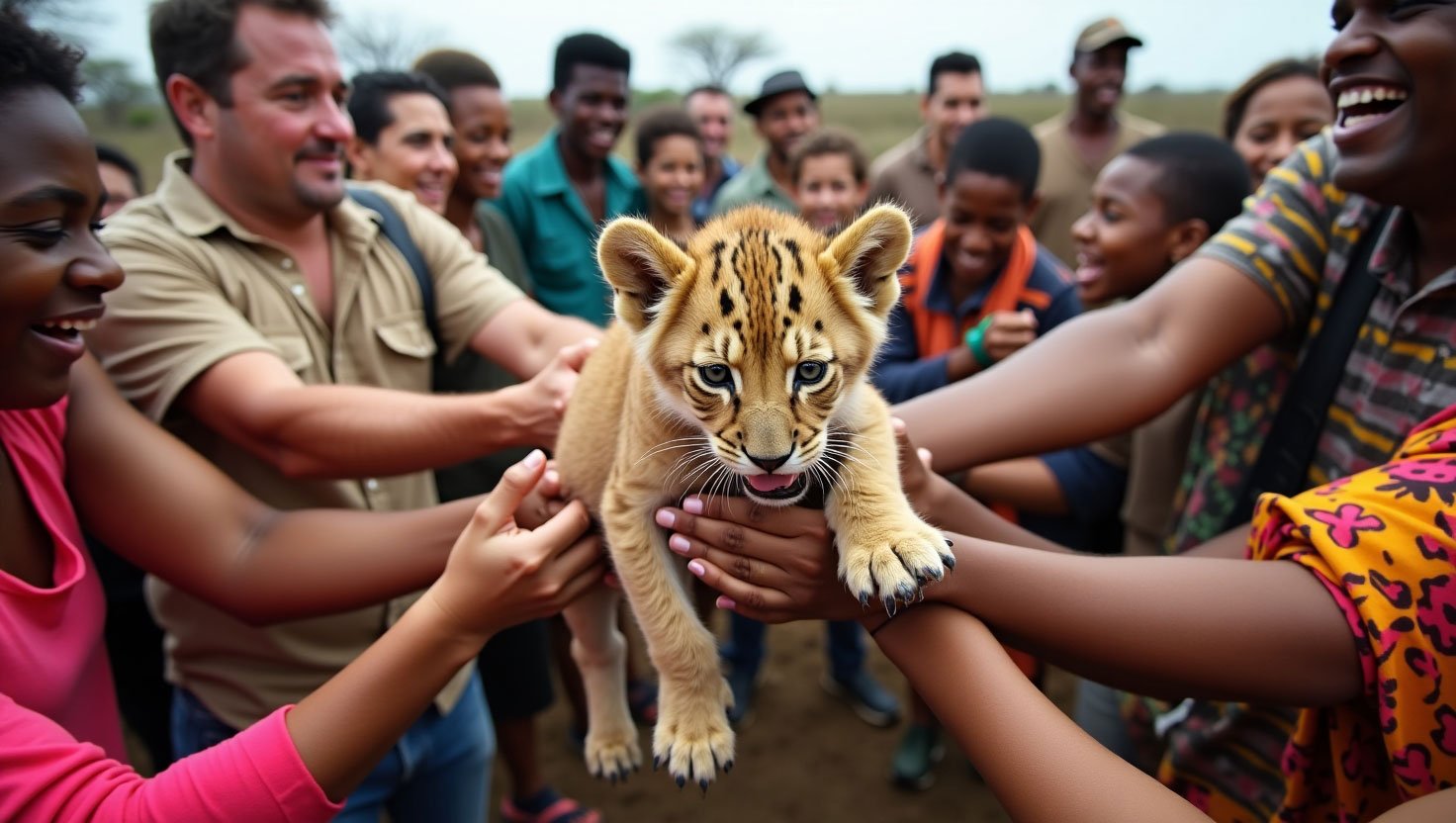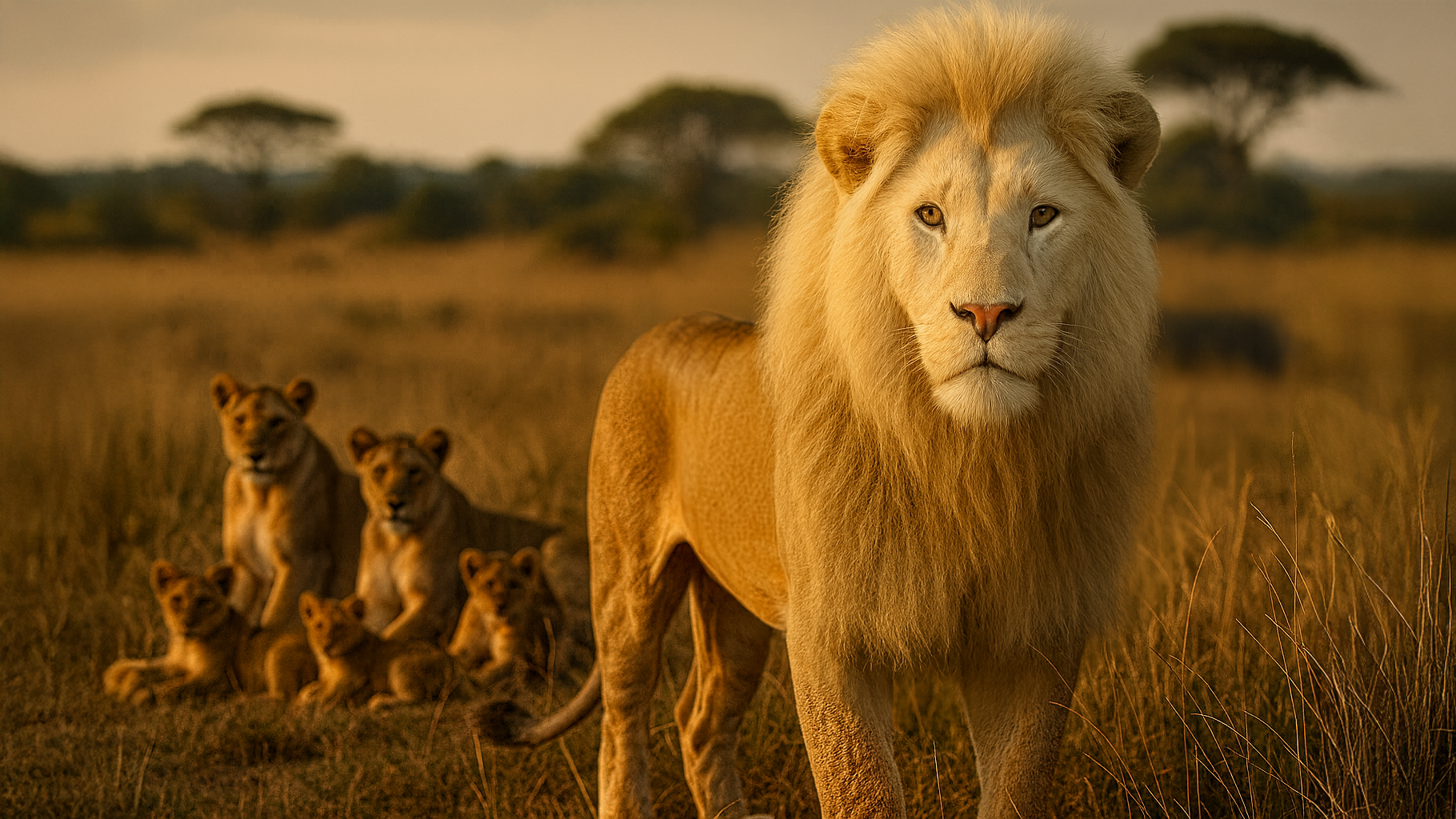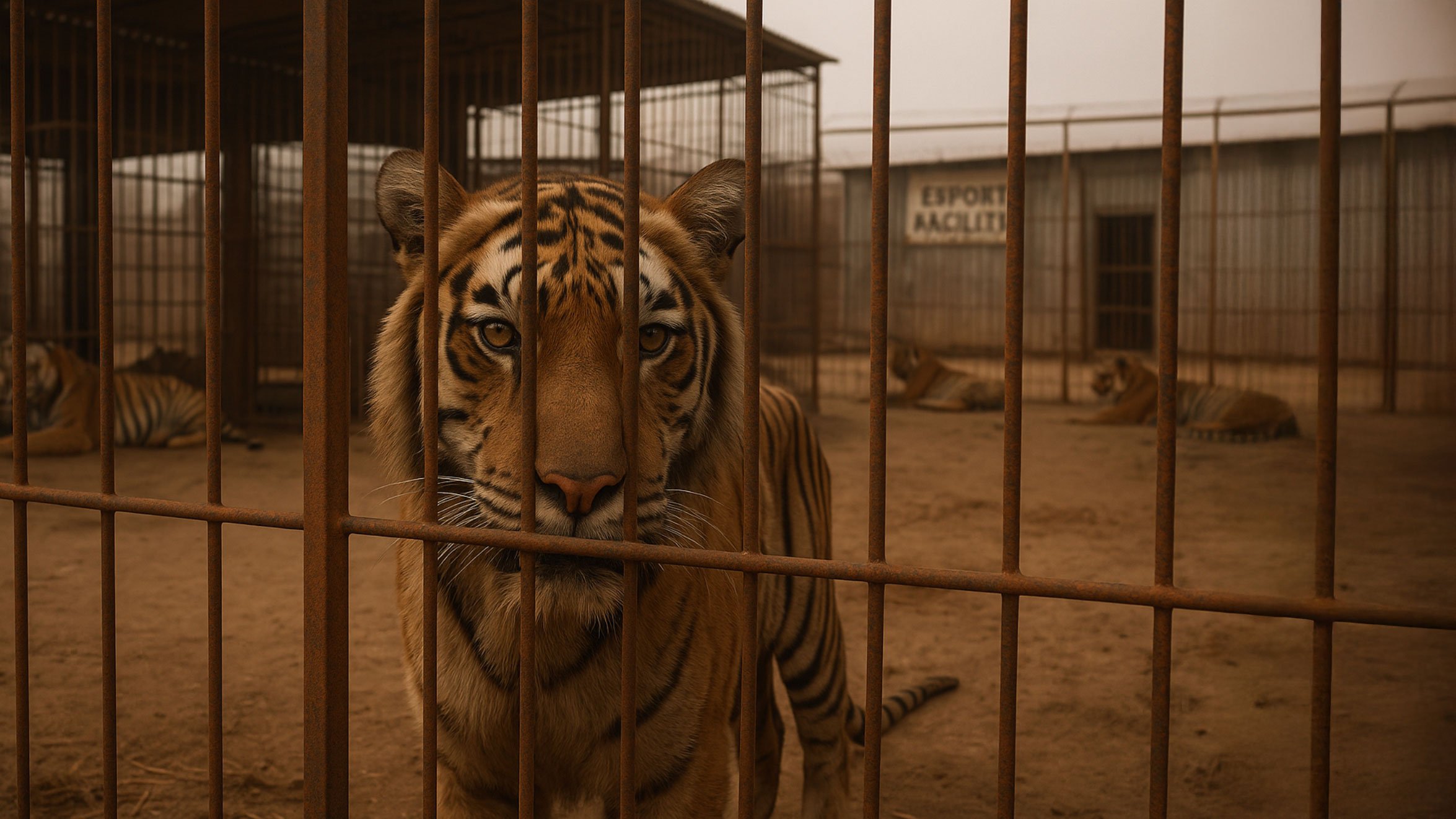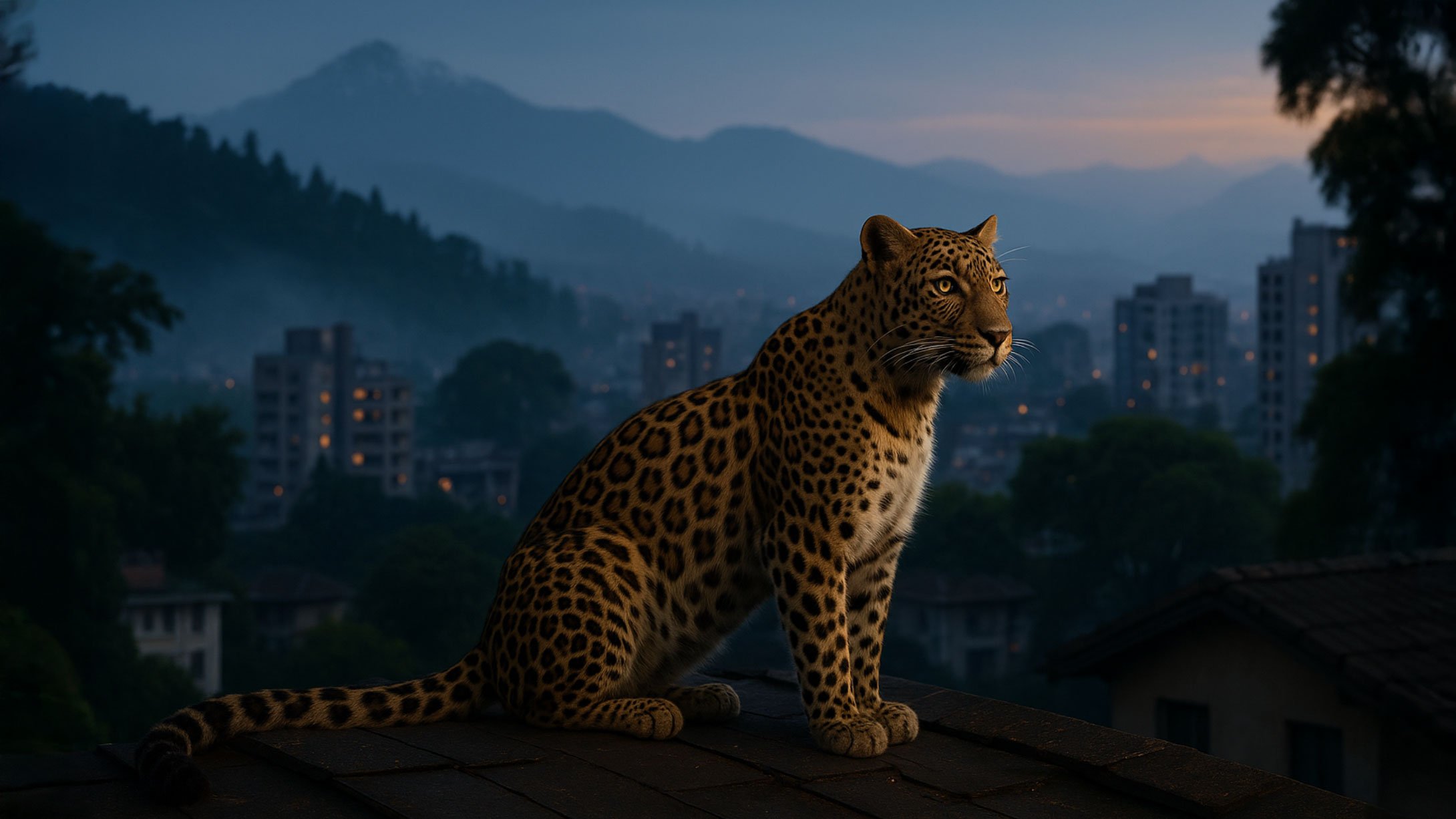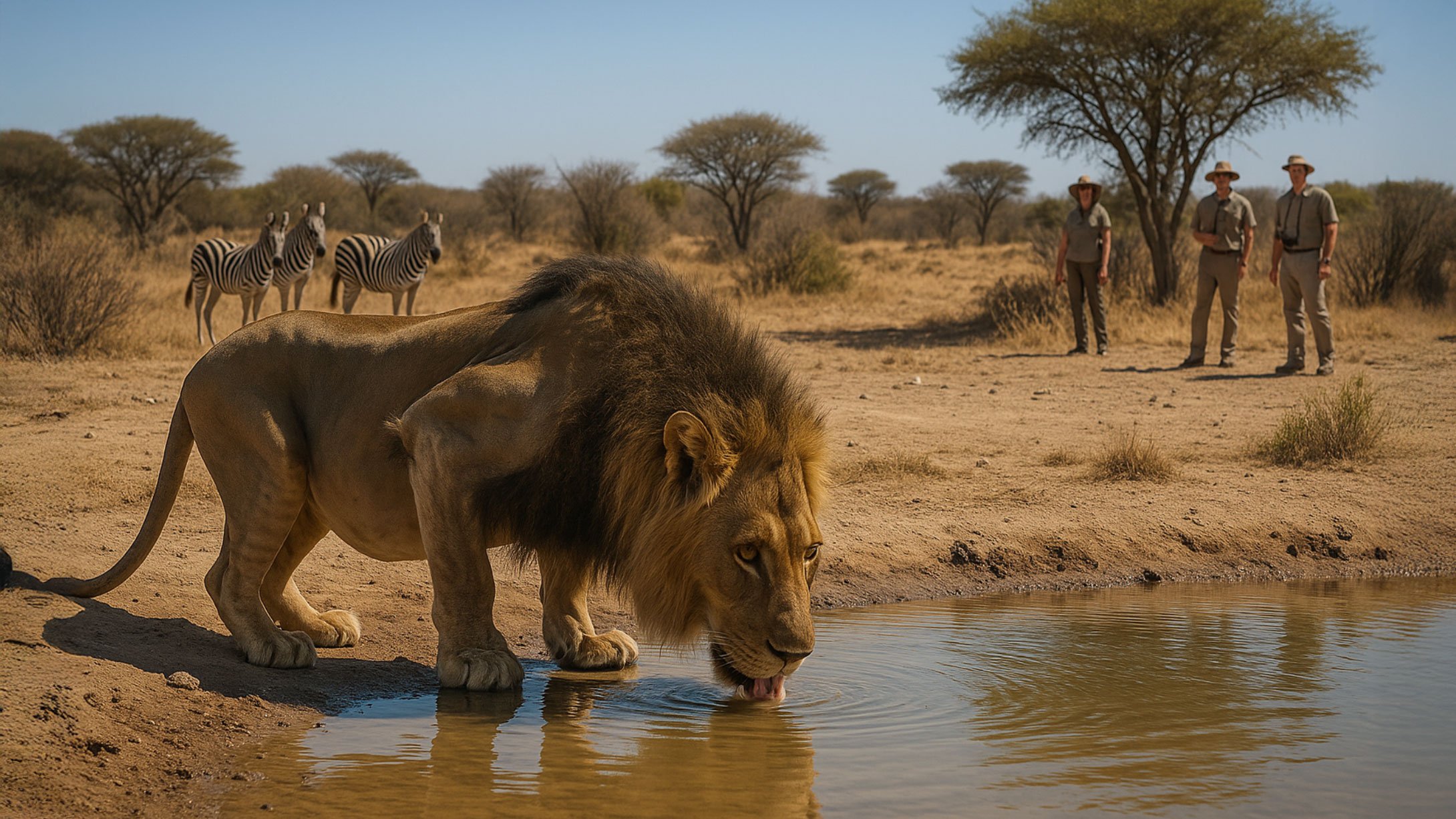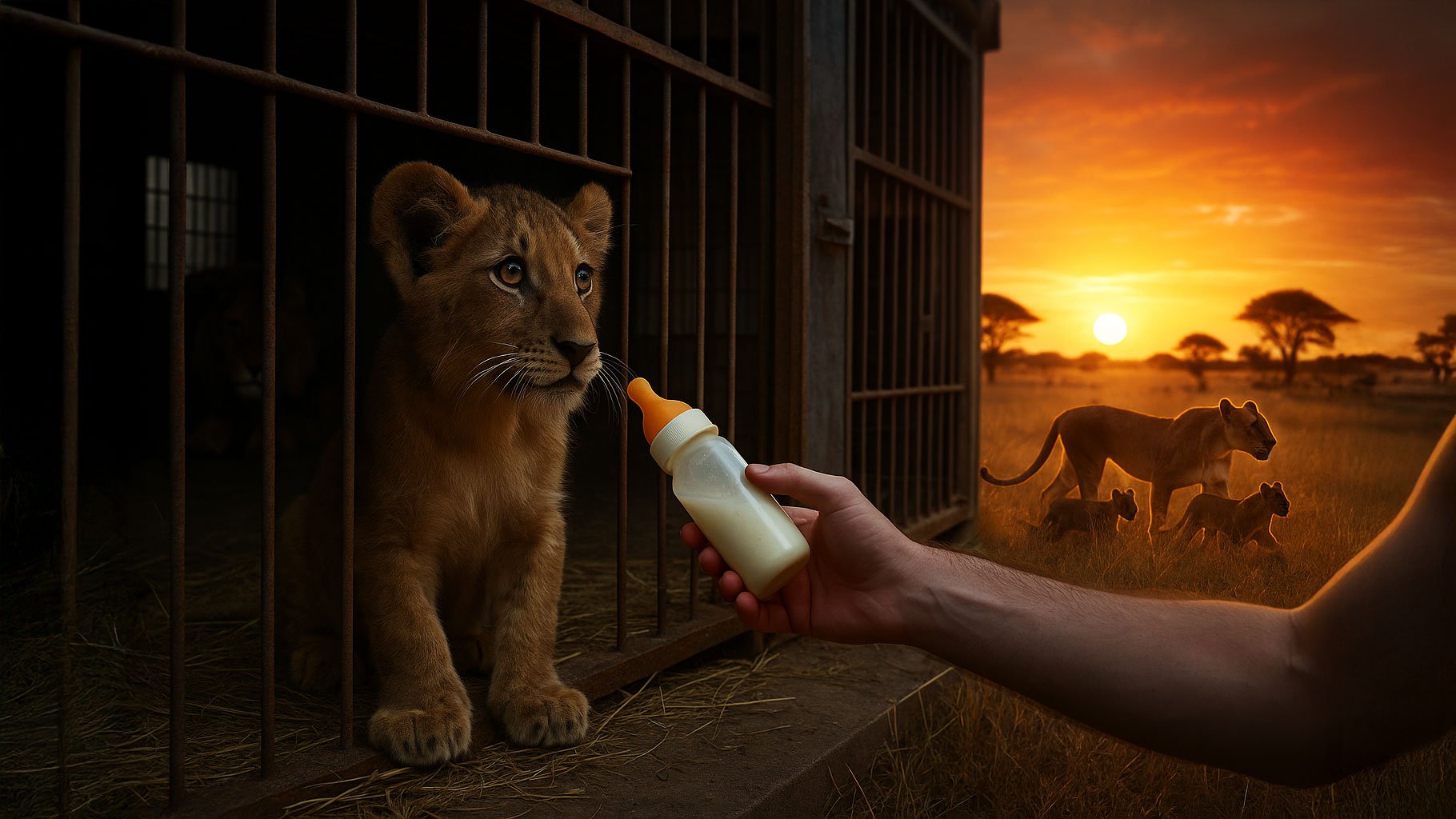The Mirage of “Hunting Dollars” — and the Wild Cats Who Pay the Price
At first light the bush is all breath and birdsong. A leopard slips over a granite kopje, shoulders rippling like poured honey. Far off, a lioness hushes her cubs at the whisper of wind through red grass. Nothing about this moment feels like an “impact multiplier,” a “gross value add,” or any of the other phrases people use to turn the living world into a spreadsheet. And yet, in South Africa’s public debate, wild lives are being tallied that way—especially when defenders of trophy hunting claim it is essential to local economies and conservation.
A recent critique of the latest “hunting is good for the economy” paper reads like a field guide to mirages. The original study trumpets big numbers—about $888 million in direct spending and $2.5 billion after multipliers—before using them to argue that hunting slashes poverty, creates jobs, and even safeguards biodiversity. It’s a shiny story, easy to share and simpler to believe. But look closer, and the illusion wavers. According to the EMS Foundation’s technical review, those headline figures rest on sand: biased sampling through hunting associations, unsubstantiated assumptions about the number of domestic hunters (a figure that drives most of the alleged spending), and absent measures of variability that would let readers judge whether the estimates are solid or simply convenient.
The multiplier magic—the trick that inflates dollars into “billions”—isn’t much sturdier. The study applies Social Accounting Matrix multipliers that don’t even separate hunting from general agriculture. In other words, the math treats a lion and a lettuce as if the economy reacts to them the same way. That choice alone could exaggerate the ripple effects attributed specifically to hunting tourism. And then there’s the sleight of hand that treats “economic impact” as if it equals “total loss” if hunting were banned. In real life, land and people don’t vanish when a policy changes; they pivot. The review notes that the same landscapes and skills could be redirected into ecotourism, regenerative agriculture, or other nature-positive livelihoods—options that don’t require a bullet to turn a profit.
But what about poverty and jobs—the moral alibi most often offered for the status quo? Here, too, the mirage glitters: the review finds the income gains the study touts are skewed upward, with the largest slices accruing to the already well-off while low-income households receive a thin trickle. Job creation? Concentrated in low-skill, low-wage roles that are unlikely to transform life chances for rural families over time. Meanwhile, the study asserts conservation benefits without demonstrating them. A claim is not a corridor, and a press release is not a population trend.
If you’ve ever locked eyes with a leopard at dawn, this next part lands in the gut. Framing wild cats as “worth” more when their heads are on a wall is a failure of imagination—and of accounting. It ignores the resilience of people and places, and it trains us to measure ecosystems only by what we can extract. The EMS Foundation review urges a more realistic approach: compare hunting against alternative uses of land and labor, rather than assuming its absence is a catastrophe. When we do, a different picture appears—one where lions, leopards, and cheetahs are most valuable alive, drawing visitors who come to witness and learn, not to own a moment by ending it.
This is not a simple story of “tourism good, hunting bad.” It’s a plea to test big claims with better methods, to follow the money all the way to the household level, and to ask whether our models honor the complexity of real communities—and real animals. It’s also a reminder that conservation is strongest when it is just. When benefits are widely shared, the living landscape becomes everyone’s business plan. That’s how poaching declines. That’s how tolerance grows. That’s how cubs live to become shadow-striped adults, and how the quiet music of dawn keeps playing.
At Big Cat Rescue, we no longer operate a public sanctuary; our mission now is focused on saving wild cats in the wild—by supporting partners who safeguard habitat, reduce conflict, and strengthen community-led conservation. You don’t need a rifle for that. You need curiosity, compassion, and the humility to admit when a shiny economic argument shines for the wrong reasons. The EMS Foundation’s critique gives policymakers and the public a clearer lens. Through it, the mirage of effortless billions fades, and the real riches—the ones that purr, prowl, and raise their young in tall grass—come back into view.
What you can do—today
Share this article to encourage evidence-based policy that compares hunting with non-lethal alternatives rather than assuming a vacuum.
Support organizations funding coexistence, habitat protection, and ethical livelihoods linked to living wildlife.
Be a responsible global citizen: when you travel, choose operators who certify no hunting add-ons, respect viewing distances, and invest in local communities.
If we insist on honest math—and on the moral math that counts a cub’s life as more than a multiplier—then the bush at dawn belongs to everyone, especially to the wild cats who have always belonged to it.
9/20/2025 https://emsfoundation.org.za/the-economic-impact-of-hunting-in-south-africa/
